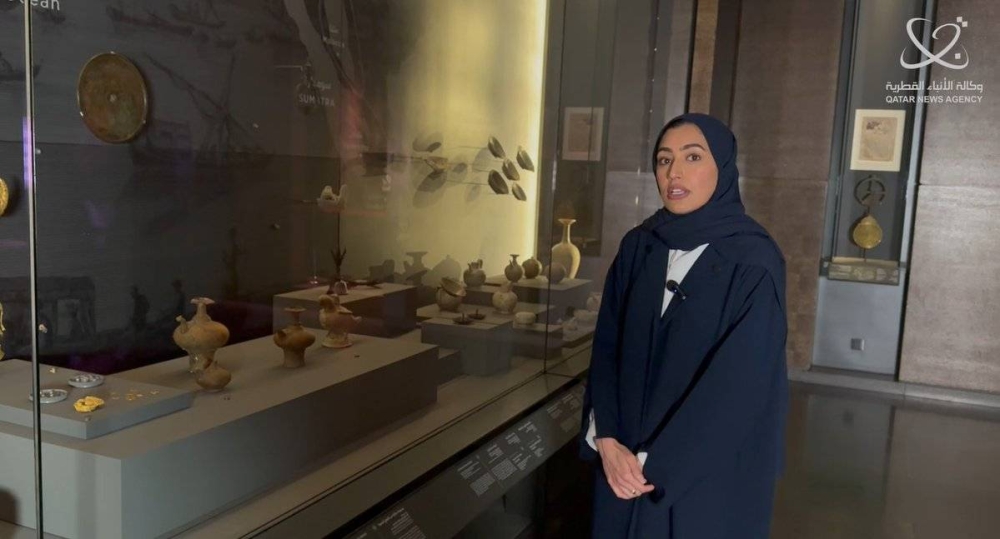Qatar
Qatar-Indonesia 2023 Year of Culture to highlight Indonesian artefacts: MIA Deputy Director of Curatorial Affairs

As the launch of the Qatar-Indonesia 2023 Year of Culture draws near, Qatar Museums is making unremitting efforts to prepare for the event by equipping its museums and presenting new achievements to the local and international audiences.
In a statement to Qatar News Agency (QNA), Museum of Islamic Art (MIA) Deputy Director of Curatorial Affairs Shaika Al Nasr said following a recent facilities enhancement project and the reimagination and reinstallation of its permanent collection galleries, MIA introduced exciting new galleries dedicated to Southeast Asia, a subject not typically presented in an Islamic art museum.
The galleries also highlight the connection between different cultures through exhibits on the trade of commodities and the exchange of ideas across the Islamic World and beyond.
She added: "At MIA, we tell the story of the spread of Islam around the world and its influence on art and culture. The new MIA makes that story complete with the addition of galleries on the Indian Ocean region and Southeast Asia."
Shaikha Al Nasr explained that in these two galleries, which will welcome the public starting from March 12, artefacts found in a sunken ship off the coast of the Indonesian city of Cirebon in the Java Sea in 2001 will be displayed as it contained about five hundred thousand artifacts from East Africa, the Middle East, India, Southeast Asia and China, where it sank around the year (359-360 AH / 970 AD), noting that it is believed that the reason for its sinking is overload on board.
The MIA Deputy Director of Curatorial Affairs noted that these artefacts found at the bottom of the sea show the import impact of trade exchange in this region, pointing out that all the artworks displayed belong to the collection of the MIA and Qatar Museums.
On the most important and rarest artifact in the exhibition, Shaikha Al Nasr revealed a gold-encased dagger made of wood dates back to the 10th century AH, which shows Indonesia's fame for mineral wealth and gold.
Among the valuables in the two galleries are a Qur'anic manuscript from Indonesia and Java dating back to the 13th century AH, and a necklace (Bora or Bora Bora) from Indonesia, North Sumatra, Karo Karo Batak, which dates back to the 13th - 14th centuries AH.
